
Compared with a lot of hobbies chicken keeping is remarkably jargon-free. But there are a few definitions that will help you when it comes to choosing which breed of chicken to start with.
Chickens come in two main types, bantams and large breed. Bantams are on average, 20-25% smaller than large breeds. It should however be noted that many breeds are actually available in both sizes.
Bantams
You will find that Bantams are divided into classes according to their distinctive features, such as whether they have leg feathers or not. Being smaller than large chickens, they are particularly suitable for keeping in your back garden and they also make great pets for young children. The downside is that their eggs are smaller, but on the plus side they scratch about less than their bigger cousins, so you will have more of your flower beds and lawn left.
Large Breeds
Large breed chickens tend to be classed according to their original place of origin, such as English, American, Asiatic or Oriental. Within these classes, chicken varieties are defined by other distinctive features, such as feather colouring or comb style and a lot more besides which you will need to know if you want to show chickens or become a chicken breeder.
Within these two categories you have pure breeds and hybrid breeds.
Pure Breed Chickens
These are the pedigree chicken breeds, they often have flamboyant feathers, striking good looks and an attitude to match. Their breed standards are written down and approved by national organizations, just like pedigree dogs or cats. Pure breed chickens usually don't lay as many eggs as hybrid breeds and are generally less docile so are not as practical to keep. As a result, some older, traditional breeds have fallen out of favour and have become quite rare.
Hybrid Breeds
As the names suggests, hybrid breeds have been developed by crossing two or more pure breeds to create a chicken that fulfils a particular function, such as providing more eggs, or more breast meat. They may not be as good-looking as the pure breeds, but are often more suitable for the first-time chicken keeper. Generally, hybrid chickens are hardy and disease-resistant as they have been vaccinated against common illnesses, unlike pure breed chickens.
You will also find that breeds are also defined by certain characteristics, here are some of them:
Hardiness
This does not just relate to how well a chicken is suited to cold weather but it also refers to the breed's ability to sustain itself through tougher times in general, any genetic weaknesses and its tendency to forage versus eating feed, often called 'thriftiness'. Some of the older, less heavily factory farmed breeds like the heritage or heirloom breeds still retain many of the qualities that chickens needed when they were living in backyards all across the country. In contrast, production breeds have sometimes lost the ability to forage for bugs and weeds in the fields and woods.
Heavy Breeds
Heavy breeds have thicker bodies and denser feathers and are therefore happier in the cold than non-heavy breeds. They are also more likely to continue laying eggs through the winter.
Temperament
Breeds are described as docile or aggressive depending on the traits they display. However among any given flock, temperament will be influenced more by the pecking order than by genetic tendency. Those higher in the pecking order are the more aggressive birds and those lower in the order are more submissive and docile. If you have small children, picking a more docile breed might be a good idea. Some breeds are more flighty and highly strung than others as well.
Broodiness
Breeds of chickens are usually defined by how broody they are. Hens will have various degrees of broodiness, that is where they settle on the eggs, only leaving the nest once per day to eat and drink. If you're trying to hatch eggs naturally, this can be a good quality in a hen. But otherwise this can be pretty annoying as not only is the broody hen not producing eggs, but she's making the eggs under her age faster due to warmth.
Finally chickens are defined by whether they have been bred purely as meat birds, egg layers or both (dual purpose) and also by the colour of eggs they produce.
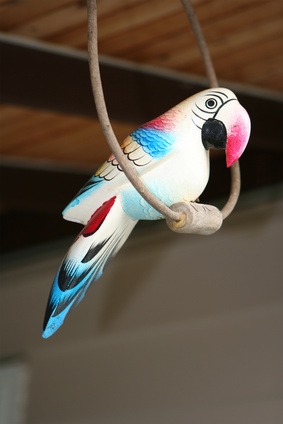 Homemade Bird Perches From Tree Branches
Homemade Bird Perches From Tree Branches
Homemade Bird Perches From Tree Branches
Homemade Bird Perches From Tree Branches
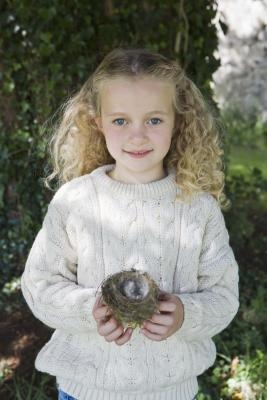 How to Care for Baby Birds That Have Fallen Out of a Nest
How to Care for Baby Birds That Have Fallen Ou
How to Care for Baby Birds That Have Fallen Out of a Nest
How to Care for Baby Birds That Have Fallen Ou
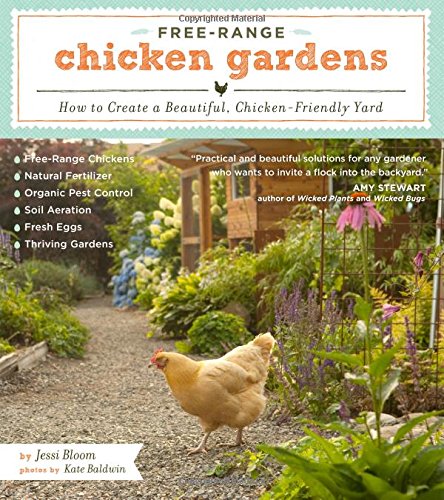 The Hamburg Chicken
Poultry BreedsThe Hamburg Ch
The Hamburg Chicken
Poultry BreedsThe Hamburg Ch
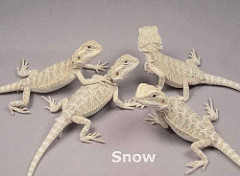 Uncovering Swift Plans For Alligator
Alligators include the most dangerous with the exotic pets.
Uncovering Swift Plans For Alligator
Alligators include the most dangerous with the exotic pets.
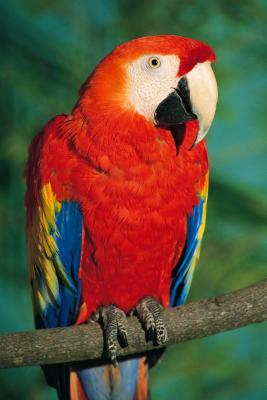 How to Disinfect a Bird Cage and Bird Toys
How to Disinfect a Bird Cage and Bird Toys
How to Disinfect a Bird Cage and Bird Toys
How to Disinfect a Bird Cage and Bird Toys
Copyright © 2005-2016 Pet Information All Rights Reserved
Contact us: www162date@outlook.com